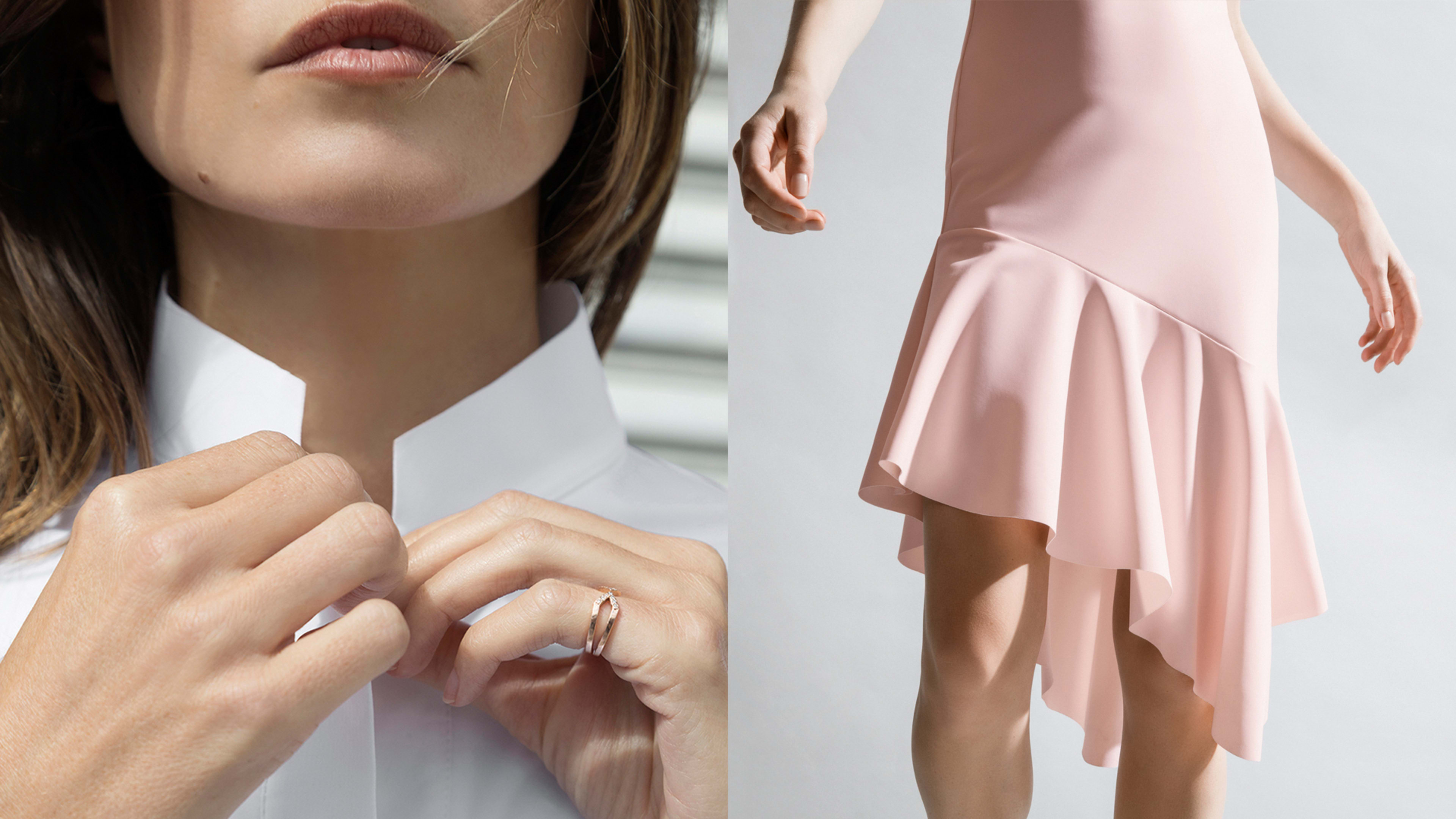Katie Warner Johnson spent her college internship in a blur of boring and unflattering black blazers, pantsuits, and shift dresses.
It was 2006, and working as an analyst on Wall Street, she felt she needed to prove herself in a male-dominated industry, where her colleagues were often men who were much older than her. Dressing professionally and blending into the landscape of the trading floor was one way to do that. But while the garments allowed her to look the part, they weren’t particularly well designed: They wrinkled easily, were covered in sweat stains after long, hot days on the trading floor, and were not designed to flatter the female body.
A few years later, she decided to use those experiences as an opportunity to create a startup that reimagined the way women dress. In 2011, she co-founded, together with Caroline Gogolak, an online store called Carbon38 that curated clothing with technical properties–say, moisture-wicking or temperature-regulating features–once only found in activewear. “I saw Carbon38 as a platform that went way beyond what you wear for your hour at the gym,” Johnson says. “These are clothes designed to take you through your entire day seamlessly and comfortably. We believe this is where the fashion industry is going.”

“I wanted to create something that my peers at Goldman and Morgan Stanley could wear to work every day,” Johnson recalls. “We created the styles that already existed in our professional lexicon, just remade with performance fabrics and seaming that made them breathable, better-fitting, and more flattering. We did a quick run, expecting it to be a loss leader, but they turned out to be best sellers.”

Workwear Of The Future
Since the successful launch of these pieces, Johnson has created a steady stream of technical clothes for women. In the most recent collection, which she calls Femme Moderne, there are cigarette pants, culottes, and wide leg pants. There are tunic tops that look like they are made of silk and Steve Job-esque mock neck tops. There are dresses with asymmetrical hems that are perfectly on-trend.
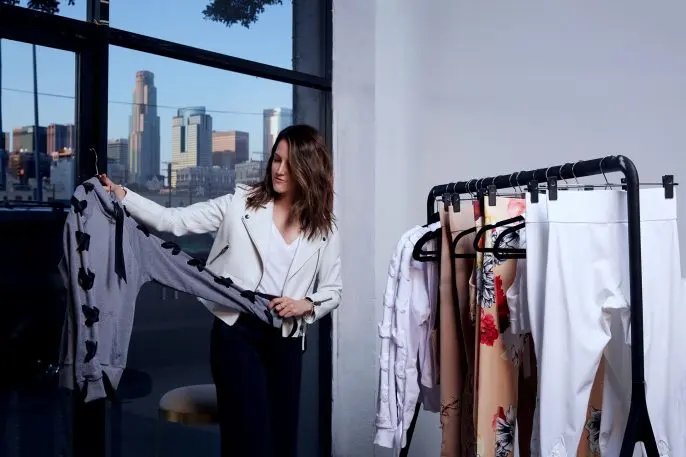
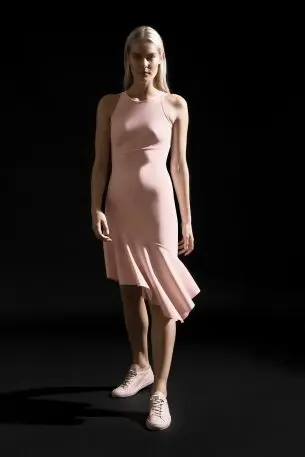
Meg He and Nina Faulhaber, former Goldman Sachs bankers who launched clothing brand ADAY, designed leggings that can take you from a marathon to a meeting with the prime minister of the U.K.–something one customer actually did. Former lawyer Prabha Rathinasabapathy, the founder of London-based System of Motion, created cotton button-downs that wick moisture and resist odor so you don’t give away that you are sweating bullets during your VC pitch. Johnson has invented an entire line of travel outfits called the Passport Collection that is specifically designed to enable you to step off a red-eye and go directly to your first breakfast meeting without a wardrobe change.

Today’s Professional Woman
When these founders think about who they are designing for, someone like Reeya Shah, 25, comes to mind. Shah is a senior consultant with Strategy&, a division of Price Waterhouse Coopers (PWC). She spends four days a week on the road visiting clients. In her industry, there is still a dress code. She’s expected to be one degree more formal than her client. “I’m often sitting across a conference table from a man twice my age,” Shah explains. “Clothing is definitely meant to be a marker of competence. ”
For years, Shah would spend hours a month taking her suits, dresses, and silk tops to the dry cleaners. Then, when she arrived in her hotel room in her client’s city on Sunday night, she would steam or iron the clothes that got wrinkled in her bag. It occurred to her that this was an experience only female consultants had: her male colleagues traveled with one suit and packed a couple of folded wrinkle-free shirts, all designed to be low-maintenance.
When Shah discovered the new workwear brands on the market, she was an early adopter. Her new work uniform consists of a pair of ADAY slacks that don’t require any ironing, and a matching shell that feels like silk but doesn’t wrinkle. (She says that she owns four pairs of the pants in different colors.) “For me, it comes down to the fact that these clothes are extremely comfortable, but still make me look–and feel–appropriate,” she says. “Not having to worry about wrinkles just frees up mind space to think about more important things.”
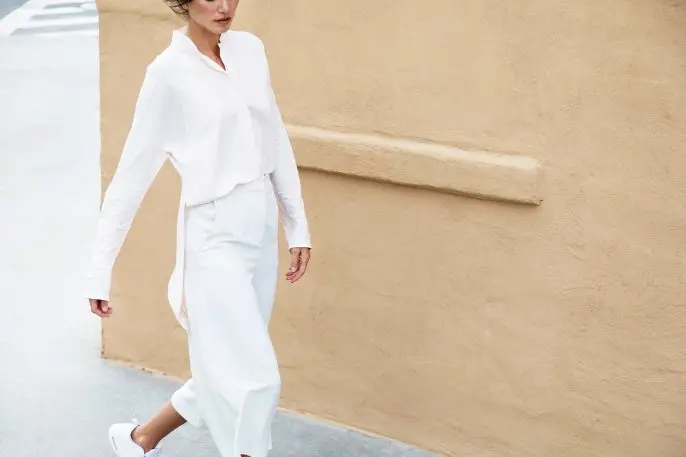
In her mind, this is someone who is working hard to overcome the gender inequities of the workplace. “For all the progress women have made in the workplace, we are still facing headwinds,” Johnson says. “We have to work to succeed as leaders in the workforce, we have to raise the next generation, that’s a lot of pressure on us. Women have risen to the occasion, and our wardrobes have yet to.”
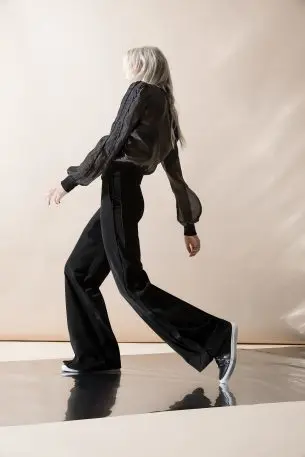
The Dress Code Is Dying Off
But while the founders of Carbon38, ADAY, and System of Motion are interested in modernizing the foundational garments of women’s professional wardrobe, they also believe that women are looking to change expectations about what is acceptable to wear to work. Shah, for instance, believes it is a little paternalistic of workplaces to enforce dress codes. “I really believe that companies should believe we are all adults, and allow us to decide what is appropriate to wear to work,” she says.
Shah was encouraged by PWC’s decision to launch a new dress policy in May 2016 called “Dress For Your Day.” The idea was that employees were no longer forced to wear a suit every day, but could adapt their outfit to the norms of their client’s office culture. But the new rules came with many caveats, including “miniskirts and thin-strapped dresses are considered inappropriate” and “clothes shouldn’t be frayed or have holes . . . even if they are stylish holes.”
Shah believes that even industries with rigid dress codes, like law and consulting, are being forced to change because the clients they service are increasingly in technology or creative sectors, where nobody really cares what people wear to work. These industries are pushing all workplaces to casualize.

Choosing What To Wear Is A Sign Of Power
These days, the founders of these brands are great examples about what women who control their own career wear every day. Rathinasabapathy is always in one of her crisp poplin shirts, whether she is biking to her offices in London or at a conference. When I speak to Faulhauber, she is wearing one of her brand’s leggings with a wool sweater. For these women, having the freedom to wear what they want means being able to have an active lifestyle, and go in and out of physical activity without having to swap outfits. This means wearing sports leggings directly from yoga into a breakfast meeting or comfortably walking across town without worrying that your clothes will not be up to task. “In some ways, having absolute choice over what you wear is a form of power,” Faulhaber says.
When I chatted with Johnson, she was about to speak at a conference. She was wearing a pair of her brand’s culottes with a T-shirt, and stack heels, with a leather jacket on top. “I feel very professional,” she says. “I’m wearing a T-shirt that is moisture-wicking that is good because I worked out this morning and I am still sweating. In the past, I would have been sweating through lunch, then have gross white stains all over my linen dress.”

But unfortunately not all workplaces are this progressive. Rathinasabapathy isn’t sure that all employers will be open to their staff expressing themselves through clothing. Her perspective has been shaped by the fact that she spent many years as a lawyer, a field where employers are still wedded to formal workwear.”The dress code isn’t dead yet–and who knows if it will ever die off completely,” she says. “But the good news is that we now have the technology to make clothes feel comfortable, even though they look starched and formal on the outside. My goal is for women to feel comfortable no matter what they are wearing, because when you are comfortable, you are just better at your job.”
Recognize your brand’s excellence by applying to this year’s Brands That Matter Awards before the early-rate deadline, May 3.
